Grave Dancers Union by Soul Asylum
Buy Grave Dancers Union One of the hardest working bands of the late 1980s, Soul Asylum finally broke though in 1992 with Grave Dancers Union. Made up of well-composed three and four minute […]
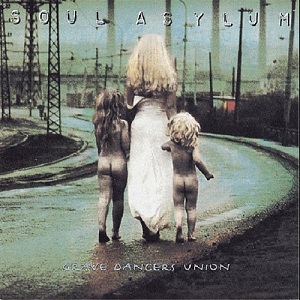
Buy Grave Dancers Union One of the hardest working bands of the late 1980s, Soul Asylum finally broke though in 1992 with Grave Dancers Union. Made up of well-composed three and four minute […]
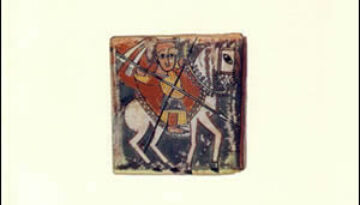
Buy Graceland In some of our previous reviews from the year 1986, you’ve probably already heard us mention several times our distaste for the slick sound that was predominant throughout releases issued that […]
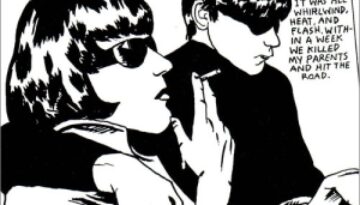
Buy Goo Sonic Youth‘s 1990 album Goo was a critical success and reached the highest album charting position of the group’s career. Their sixth overall release, this was the first after signing their […]
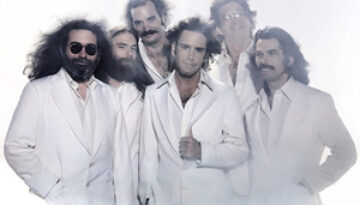
Buy Go To Heaven Long derided as one of the most unpopular albums among the Grateful Dead faithful, Go To Heaven is ,nonetheless, a solid record musically. The biggest change in the group’s […]
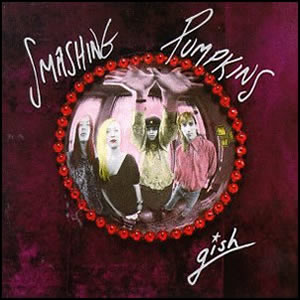
Buy Gish Gish is the debut album by alternative rock band Smashing Pumpkins, released independently in 1991. The album was co-produced by Butch Vig and recorded in his studio in Madison, Wisconsin. The […]
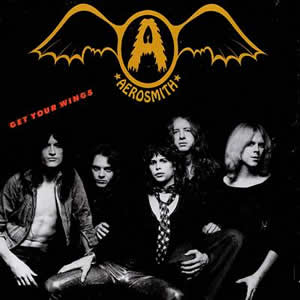
Buy Get Your Wings After their raw but potent debut in 1973, Aerosmith really started to forge their classic 1970s rock sound with their second album, Get Your Wings. This was due, in […]
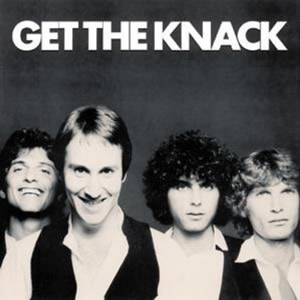
Buy Get the Knack Get the Knack was one of those rare debut albums that became the singular phenomenal success defining a band’s career. Released in the beginning of summer 1979, this album […]
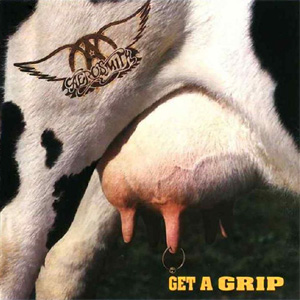
Buy Get a Grip Aerosmith made an amazing comeback in the late 1980s, as the band which was essentially dead at the beginning of that decade sprang back with a second act unlike […]
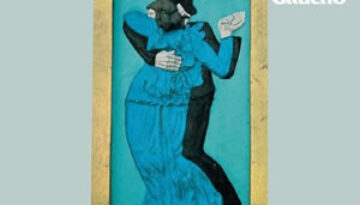
Buy Gaucho Steely Dan had a smooth and steady upward climb through their heyday in the 1970s, with an album-a-year released for six straight years and each gaining in popularity. The group’s seventh […]
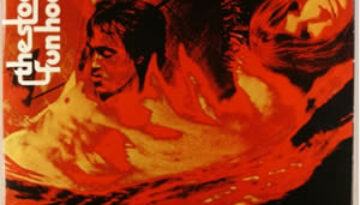
Buy Fun House The second of the initial trio of albums by The Stooges which were considered integral to the development of punk rock, Fun House, has consistently grown in critical stature in […]